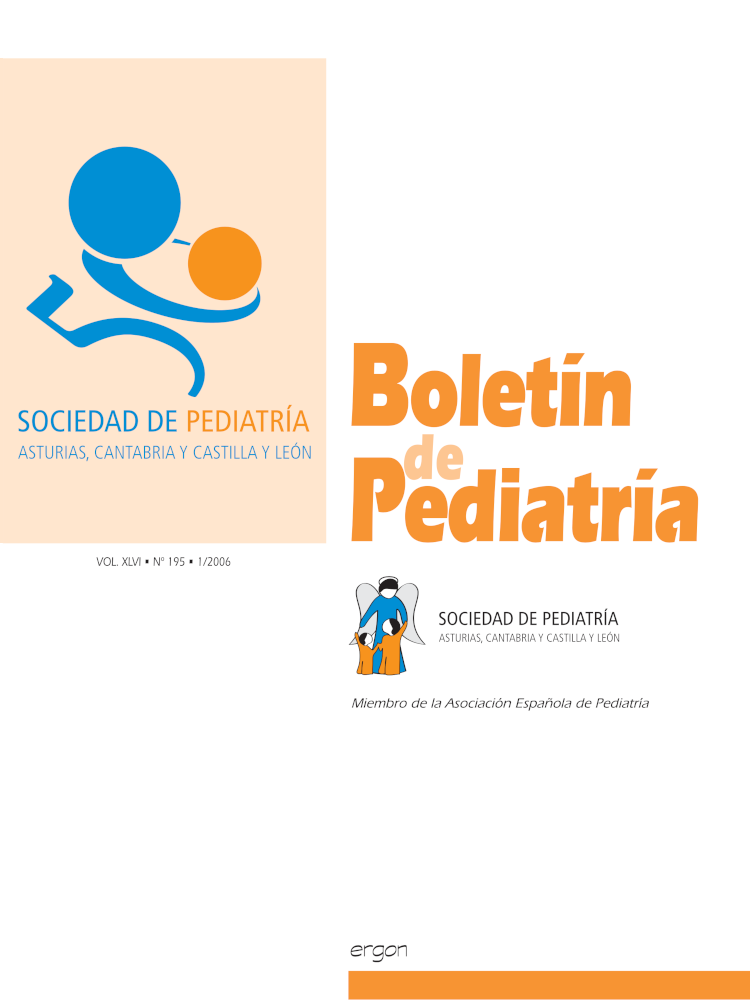Abstract
Incontinencia pigmenti is a neurocutaneous syndrome having x-linked dominant inheritance, with a variable involvement of tissues derived from the neuroectoderm and mesoderm. The most common clinical manifestations are cutaneous. Other alterations may be associated, these appearing in the following order of frequency: dental (in more than 80%), central nervous system (30%-50%), ocular (35%) and bone. We present the case of a female neonate, with skin lesions in the immediate neonatal period that evolved in the first months of life over the characteristic stages: erythematovesicular, verrucous and pigmentary. There was no family background of the disease, but the final diagnosis was made by the genetic study of the patient and her mother, that showed the delection of exons 4 to 10 of NEMO gene in both cases and with the histopathological study of the skin biopsy. There is a significant variability of the expression grade and in presentation age of the disease. Early diagnosis makes it possible to detect possible associated diseases in other organs such as neurological, that are those that will determine the disease prognosis. Due to its possible neonatal onset, it should be considered in the differential diagnosis of vesicle erythematous skin lesions of the newborn.

This work is licensed under a Creative Commons Attribution-NonCommercial 4.0 International License.
Copyright (c) 2006 Boletín de Pediatría
